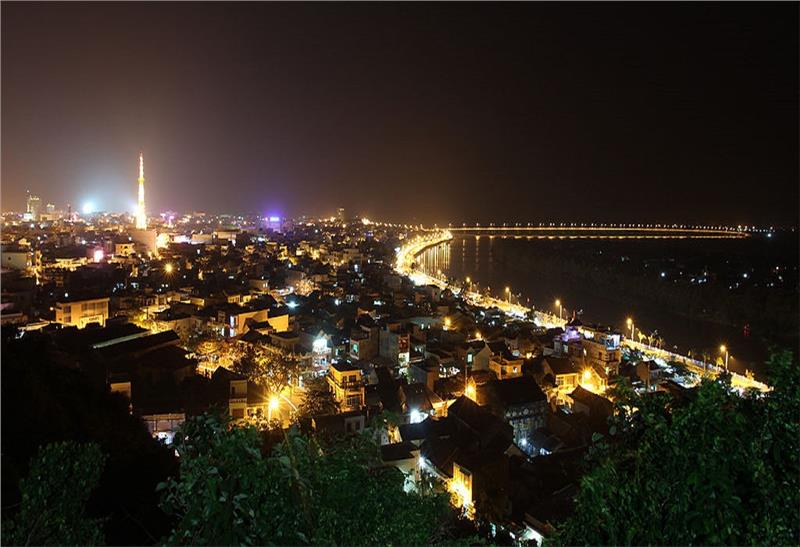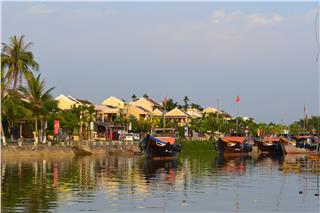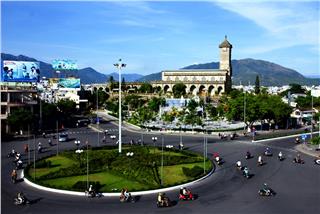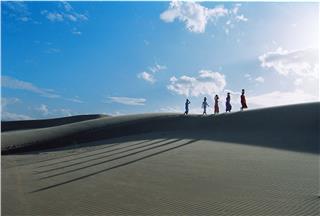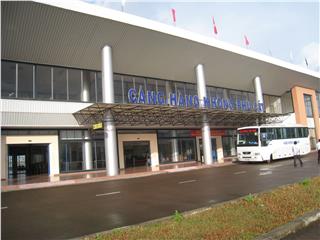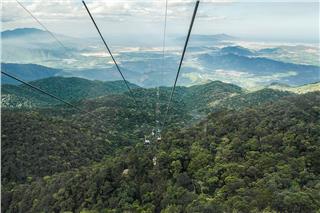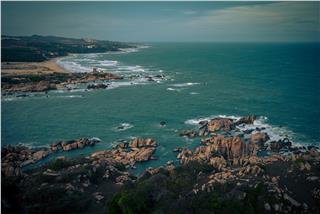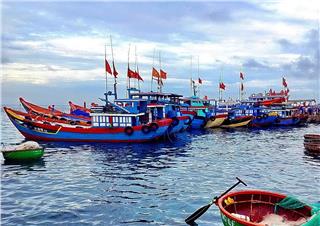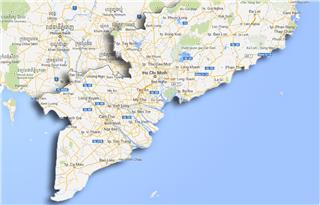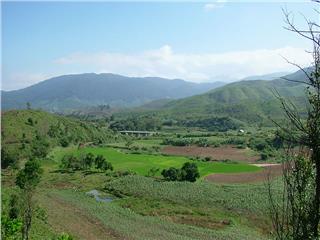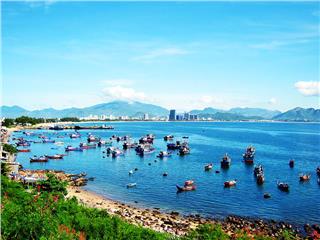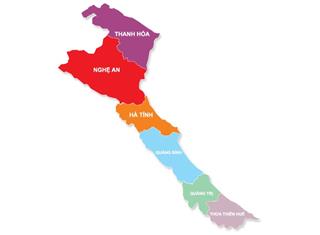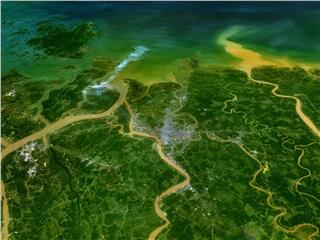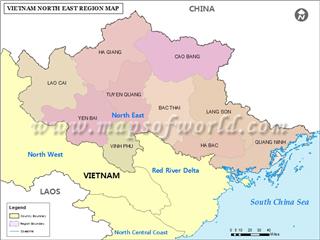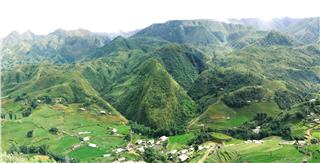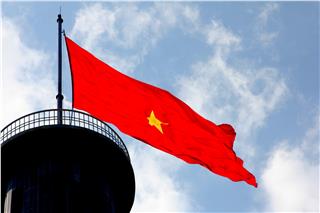With the long history, and the diverse and unique culture, Phu Yen today continues contributing positively to social-economic development in the period of industrialization and modernization of the country.
Phu Yen is a province in South Central Coast Vietnam. Phu Yen is located in the areas affected by central key economic region, is the place which has the most favorable conditions in the construction of railways to the Central Highlands. This is one of the favorable conditions for Phu Yen to become the focal point for economic exchange of North-South and East-West.
The potential tourism development of Phu Yen is very diverse. In the Northeast region, the province can develop sea tourism. In the Southeast area, there are favorable conditions for the development of sports tourism, luxurious recreational areas combined with ecological tourism and sightseeing. With its features, potential and advantages, Phu Yen is the convergence of favorable condition for economic - social development with strengths of each region.
Geography
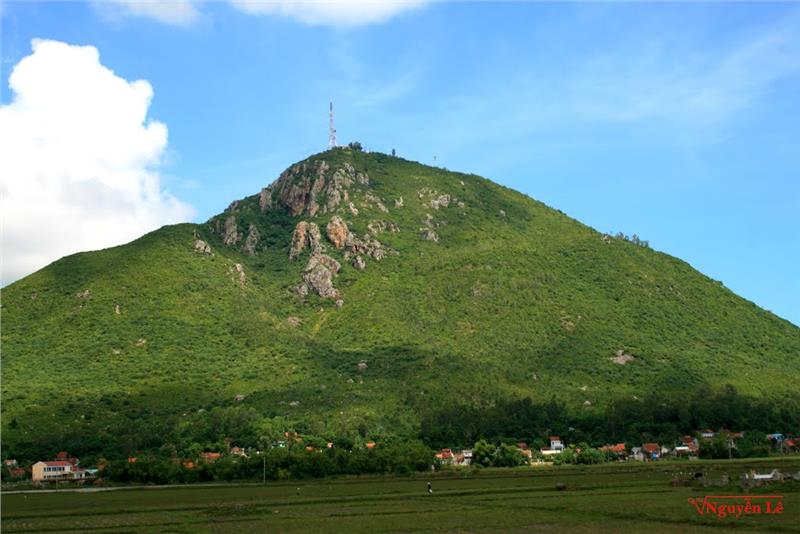
Phu Yen is a province in South Central Coast. Its geographic coordinates are:
The North Pole 13°41'28"
The South Pole 12°42'36"
The West Pole 108°40'40"
The East Pole 109°27'47"
The natural area of the province is 5060km2. The province borders Binh Dinh to the north, Khanh Hoa to the south, Gia Lai and Dak Lak to the west and the South China Sea to the east. Phu Yen has the favorable geographical position and transportation for social-economic development. Phu Yen terrain has relatively diverse including hilly regions in the west (70%) and the fertile plain of Tuy Hoa in the east. Three sides of Phu Yen are mountains, consisting of Cu Mong Mountain in the north, Deo Ca in the south, Truong Son Mountain in the west and the South China Sea in the east. Phu Yen situates in the tropical monsoon climate. The average temperature is 26.5°C in the east and 26.0°C in the west. Average relative humidity is 80% annually. The average rainfall reaches 1500 - 3000mm/ year. Phu Yen has 50 large and small rivers with 3 major rivers: Ky Lo River, Ba River and Thach Ban River with the catchment area of 16,400km2, serving water for agriculture, hydropower and living of the people of Phu Yen.
History
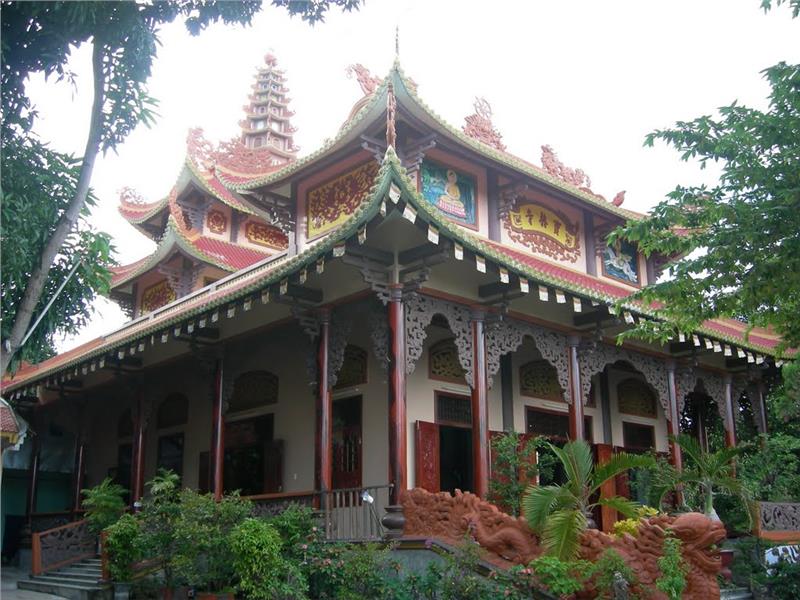
Phu Yen was previously under the management of Champa Kingdom called Ayaru. In 1611, General Van Phong attacked on Aryaru, and Champa Kingdom was defeated. Nguyen Hoang merged Ayaru into the territory of Dang Trong with the name of Phu Yen under the management of Van Phong. To 1629, Van Phong against Dang Trong government, at this time Nguyen Hoang died, his successor was Nguyen Phuc Nguyen sent General Nguyen Phuc Vinh to suppress. With an important strategic position, in the 18th century, Phu Yen was the place taking place fierce confrontations between the Tay Son and Nguyen dynasties. In 1976, Phu Yen belonged to Phu Khanh province. On July 1st, 1989, Phu Yen province was re-established and existed until today.
Administration
Phu Yen consists of 9 administrative units: Tuy Hoa City, Song Cau Town, Dong Hoa District, Dong Xuan District, Phu Hoa District, Son Hoa District, Song Hinh District, Tuy An District, and Tay Hoa District.
Population
Population of Phu Yen is 861.993 people, including 20% of urban population and 80% of rural area. There are 30 ethnic groups living together in Phu Yen. Cham, Ede, Bana, Hre, Hoa, Mnong and Raglai are the oldest tribe who lived in Phu Yen.
Economy
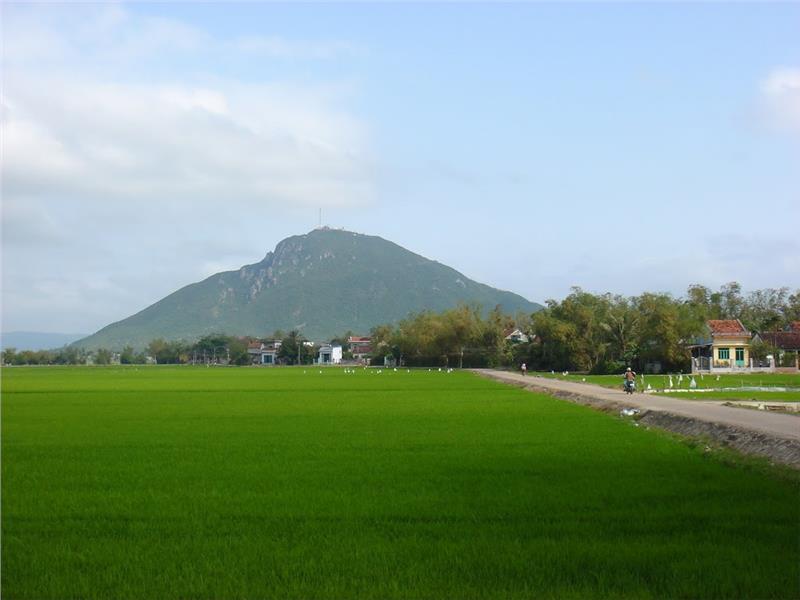
Due to implementing drastic and timely Resolution 01/ NQ-CP of the Government issued on February 1st, 2014, the efforts of the political system and the people, Phu Yen economy in 2014 was basically stable and has positive. The business activities of enterprises continued to recover. The provincial revenue reached 100.04% of the estimate, up 0.9% over the last year. The economic structure shifted right direction; the proportion of industry - construction accounted for 35.7%; agriculture - forestry - fishery accounted for 23% and service accounted for 41.3%. GDP per capita achieved 29.8 million dong, up 11.5% yoy. Price consumer index in the first 10 months of 2014 increased 5.75% yoy. Financial and monetary policy was implemented flexibly.
The production of agriculture - forestry - fishery had many difficulties but still increased over the last year. The production value of agriculture-forestry-fishery was estimated at 9796.3 billion dong (at the constant price 2010), reaching 98.7% compared to the plan, up 2.2% yoy, of which agricultural production increased by 3.2%, forestry increased by 0.6% and fishery rose 0.4%. The value of industrial production (at constant price 2010) reached 13,684.9 billion dong, achieving 93.4% of the plan, increasing 9.8% compared to 2013. Trade and service sectors have been trying to improve the quality; revenue was higher than the same period last year. Export activity continued to be difficult. The total export turnover was estimated at USD 95 million, reaching 63.4% of the plan, falling 4% compared to the same period.
Phu Yen tourism continued developing. The travel companies have been trying to improve the quality of service; number of employees working in the tourism sector with professional knowledge, university and college degrees is raised. The state budget revenue in the province achieved the estimate. Total budget revenue was estimated at 2150.9 billion, reaching 100.04% provincial estimates. The total local budget expenditure was estimated at 5381.2 billion, reaching 94% of the budget estimate in 2014. PCI Index reached 54.48 points in 2013, ranked No. 51/63. Continue to promote investment in industrial zones. The province attracted 4 new investment projects in industrial zones, with a total registered investment of 31.92 billion dong and USD 30 million. Until now, the total number of registered investment projects in the province is 74 projects.
Society
Phu Yen has the system of University and College which annually train about 1200 students, 1 branch of Academy of Finance training over 300 students, and the schools and vocational training centers (annually train 1,400 technicians and over 800 skilled workers - from 3/7 level or more). The province continues to promote ethics education for medical workers, strengthen infrastructure, contributing to improve the quality of health care for people.
Culture
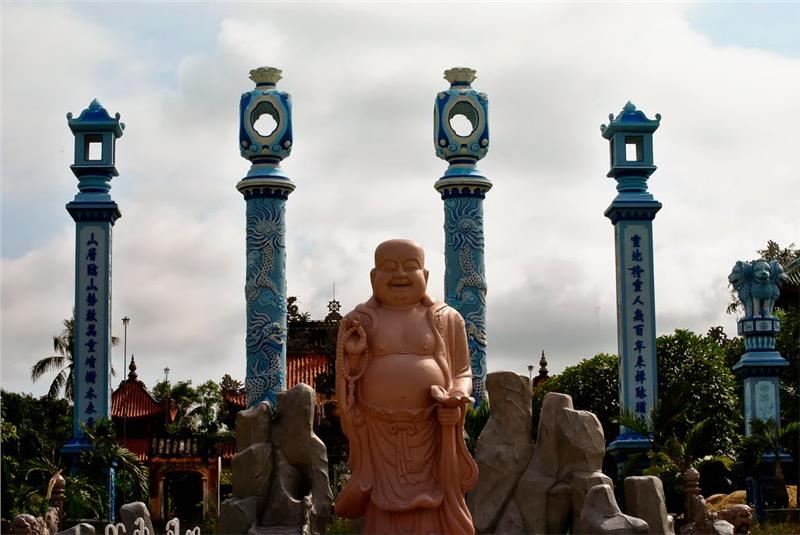
Phu Yen province has a traditional culture which is inherited and constantly developed to enrich the spiritual life of 31 ethnic groups in the province. Phu Yen is also a land with a rich history and deep culture. Cachets in Phu Yen culture is an interference and harmony of Vietnam and Champa culture like Nhan Tower, Ho Citadel and especially the stone culture, with the national heritages as Da Trang (White Stone) Pagoda, Da Bia mountain and the stone trumpet dating from around 2000 years ago. For, ethnic communities in Phu Yen, gong is an indispensable instrument in life, community activities, religious activities and festivals; ties to the human life cycle and trees; and has become the cultural identity of the nation. In addition to spiritual values, there is material value, seen as a measure to assess the wealth level of person, family, clan and village. Gong culture is a unique cultural product of ethnic groups in Phu Yen in particular and in Central Highlands Vietnam in general. It is an indispensable cultural element in the lives of people here. The gong culture was recognized as the world cultural heritage.
Tourism
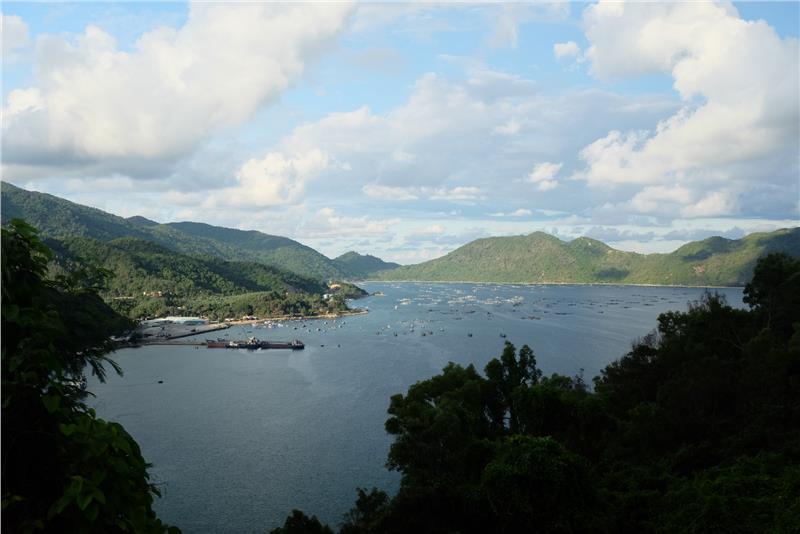
Phu Yen not only bears the charm of the city embracing 2 mountains but also attracts tourists by clear lagoon, vast sea and exotic cliffs. Located in the north of Da Rang River, in Tuy Hoa City, Nhan Mountain (or so-called Bao Thap Mountain, Dinh Mountain) looks like a swallow with its wings spreading. In addition to the majestic beauty, Nhan Mountain also attracts tourists by towering Cham Towers on the mountain. Unlike other Cham towers in Binh Dinh, Khanh Hoa, Phan Rang or My Son, this tower has simple interior without decorating patterns. The tower with elaborate details is an architectural masterpiece. It stands the test of the time, deserving the title of the national landscape relic. After conquering the mountain, tourists can contemplate the patterns decorated on the tower and discover Ham Rong cave. Vuc Phun situates in Hoa My Tay commune, Tay Hoa district. Coming here, apart from relaxing when immersed into the cool water of the stream at the foot of the waterfall, tourists can discover the mysteries of Da Den Mountain or go along trails to explore the upper course of Banh Lai River.
O Loan Lagoon is a brackish lagoon lying to the east along National Route 1A, under the foot of Quan Cau Pass. The lagoon is 17.5 km² with an average depth of 1.2 to 1.4 meters. Visiting O Loan lagoon at dawn or dusk, tourists can feel its magnificent beauty in the miracle colors of the sun. At this time, the lagoon looks like birds with their wings spreading or soft giant silk dress flying amidst the sky. Not only do tourists contemplate the fascinating beauty of the lagoon, but they also enjoy delicious seafood dished, especially famous O Loan oysters. Ganh Da Dia is a masterpiece of nature. Looking from a distance, Ganh Da Dia is like a stack of plates or logo game protruding the sea. The basal rock with special shapes can enchant any tourist to the site. According to studies, these basalt rocks were formed during the activities of volcanoes in Van Hoa plateau, about 30km from here. 20 years ago, lave spewed from the crater to the coast. It got frozen immediately because of the cold water of the sea. The newly formed rock cracked, creating vertical hexagonal columns in a row.
From the Gang slope, tourists can contemplate the charming picture with vast coconut forest, majestic mountains surrounding Xuan Dai Bay in Xuan Tho commune, Xuan Thinh commune and Song Cau town of Phu Yen province. In the bay, there are many beautiful beaches as Vung La, Vung Su, and Vung Chao along with islands and peninsulas. The beaches here has clear water, are not deep, so tourists can swim away without fear of danger. As a small bay in Dong Hoa district, Xuan Dai Bay is surrounded by three high mountains including Deo Ca, Da Bia and Hon Ba. Vung Ro consists of 12 small beaches: Bai Lach, Bai Mu U, Bai Nga, Bai Chua, Bai Chan Trau, Bai Ho, Bai Hang, Bai Nho, Bai Chinh, Bai Bang, Bai Lau and Bai Nhan. Each beach has its own characters but has clear water, sandy slopes for tourists to visit, swim or enjoy seafood. Tourists can also rent boats of fishermen to discover the vastness of the ocean or conquer Da Bia Mount always sinked in the white mist.
Festival
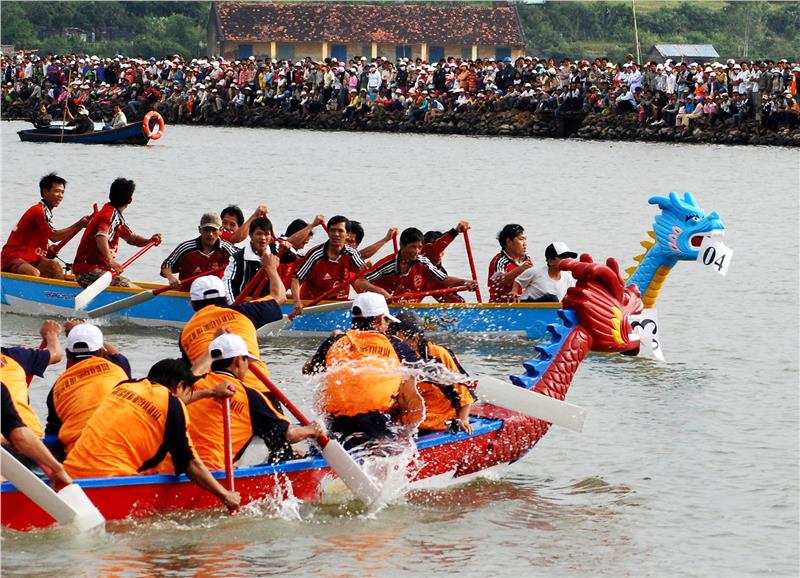
Inheriting and promoting the rich essence of traditional land, Phu Yen today is one of the provinces having many unique festivals. Residents in Phu Yen living in different geographical areas (mountainous region, coastal region and plain) have created for each area specific cultural identities. Ethnic minorities in Phu Yen mainly live in 3 mountainous districts of Song Hinh, Son Hoa and Dong Xuan. Since the ancient time, this land has been famous for the unique festivals. There are many ethnic minorities living together in Phu Yen, each group bears its own religious characteristics and habits. But the characteristics of mountainous festivals in Phu Yen associate with three main ethnic communities including Ede, Cham - H'roi and Bana with typical festivals as Dam trau festival, Bo ma ritual.
Like many other localities on the Central strip, Phu Yen residents have parts engaged in fishing. In the minds of the fishermen, whale worship is formed and evolved into the festival with a unique culture. The festival is to pray for good weather and luck. O Loan lagoon festival is whale worship held in the 7th day of the 1st lunar month. In addition to the folk festivals, in recent years, Phu Yen also appear the type of festival history, revolutionary. Besides folk festivals, in recent years, Phu Yen also holds historical or revolutionary festivals. Typical festivals are Le Thanh Phuong Temple festival (Tuy An district), Luong Van Chanh temple festival (Tuy Hoa district). Phu Yen is dubbed as the miniature picture of Vietnam. It can be seen that through the variety of different types of Phu Yen festival. Promoting the traditional quintessence, Phu Yen province today is preserving and developing the unique cultural identity contributing to build Vietnamese culture imbued with national identity.
